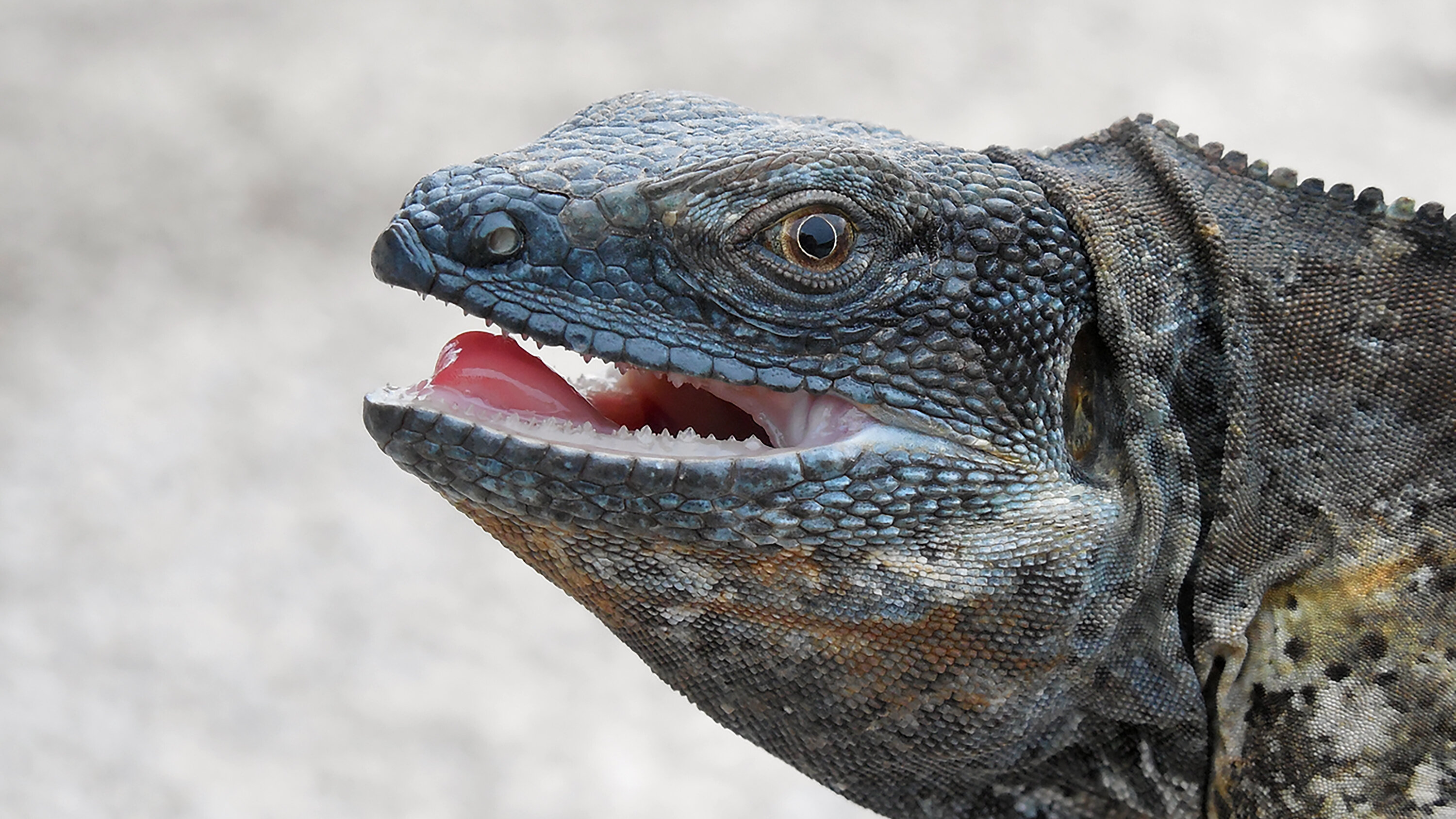Home / Science / Centuries-Old Reptiles Vindicated: Clarion Island Iguanas Predate Human Arrival by Millennia
Centuries-Old Reptiles Vindicated: Clarion Island Iguanas Predate Human Arrival by Millennia
10 Nov
Summary
- Iguanas on Clarion Island in Mexico were thought to be invasive, but DNA evidence proves they arrived 425,600 years ago
- Iguanas made a 700-mile rafting journey to reach the island, the second-longest known aquatic journey for iguanas
- Eradication plans for the iguanas were halted after the discovery of their native status

In a remarkable discovery, biologists have determined that iguanas living on Clarion Island, a remote Mexican island in the Pacific Ocean, are actually native to the region and not an invasive species as previously believed. The research, published last month, shows that the spiny-tailed iguanas have been present on the island for around 425,600 years, long before any human presence.
For decades, the iguanas were assumed to be an introduced species, with locals and scientists alike thinking they had arrived in the late 20th century. However, DNA analysis by evolutionary biologist Daniel Mulcahy has revealed that the island iguanas are genetically distinct from their mainland counterparts, diverging around 425,600 years ago. This means the iguanas made an incredible 700-mile rafting journey to reach Clarion Island, the second-longest known aquatic journey for iguanas.



